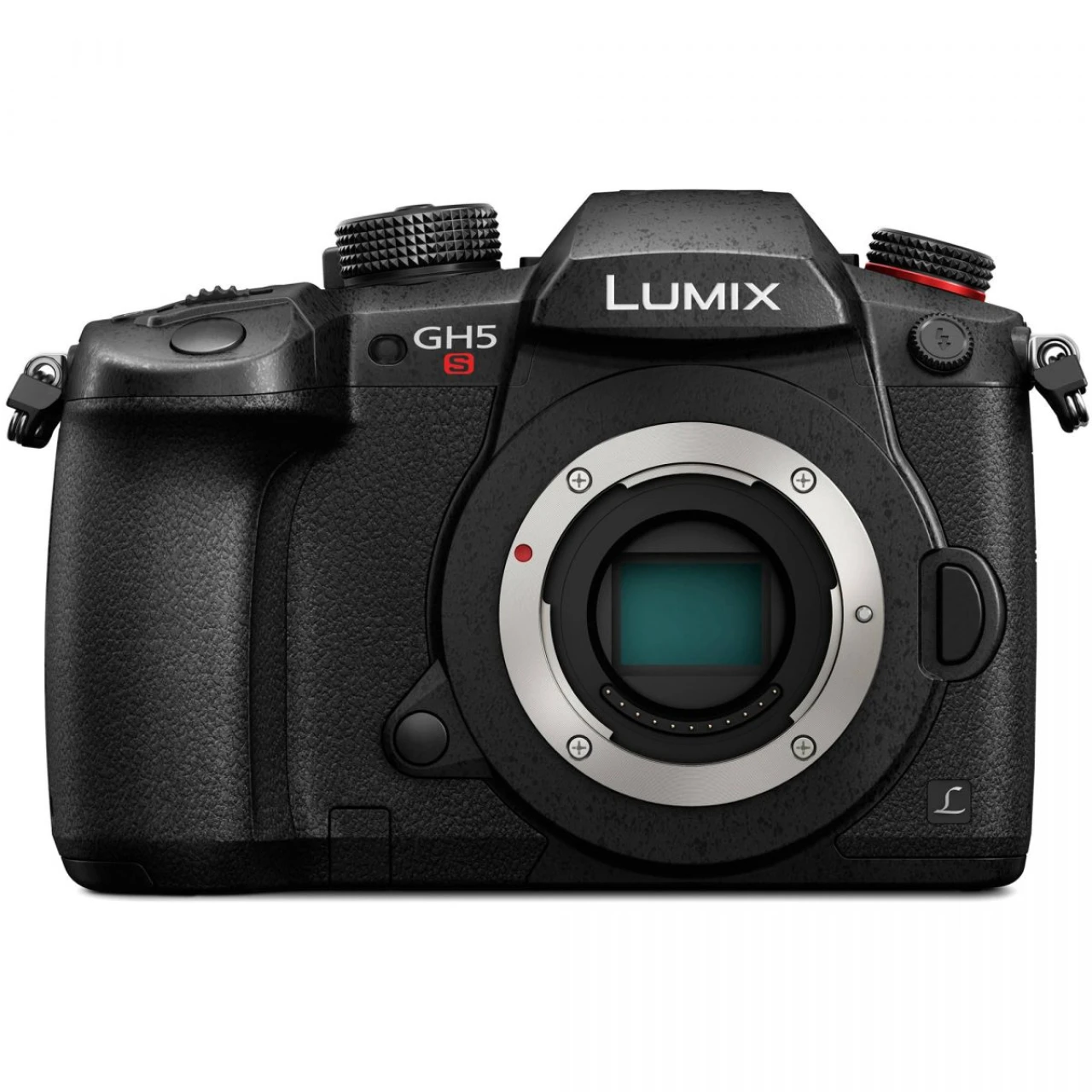
LongGop and All-Intra are two common terms when talking about video shooting modes, but what do they mean?
When configuring your camera, you may have seen options of choosing between LongGOP compression and All-Intra or ALL-I compression
1. LongGOP Explained
LongGOP stands for "Long Groups of Photos" and consists of just that, photos stored in a group and compressed as such — a group. This means that every single frame is not recorded individually, but rather in relation to each other.
First, a keyframe is recorded as a complete image of your scene, and the following images contain the differences in motion and colors in regards to the first keyframe.
This means that a lot of storage space is saved, since every frame does not have to be recorded — and it also means that you're not actually capturing unique images, but instead an algorithmic product that resembles your images as close as possible.
Whether LongGOP is good enough or not is up for you to decide, but most people would probably consider 10-bit LongGOP as "good enough" and surely something you can use for commercial work — as long as it doesn't require heavy grading or processing later on, like green screen work.
2. All-Intra Explained
All-Intra or ALL-I, on the other hand, treats every frame as a new frame, independent of the previous and the next. This means that it will capture the full frame every time, albeit still compressed to a degree, which of course results in much larger files than LongGOP.
This may be an advantage if you need the full detail of every frame saved instead of the compressed algorithmic product that LongGOP actually is. It's also easier to edit since your computer doesn't need to decompress the footage as intensively as LongGOP, which utilizes heavier compression.
Which one is better?
So, is LongGOP or ALL-I better than the other? It's up for each user to decide. As an example, the 4K24p 10-bit 4:2:2 LongGOP codec on the Sony FX3 is set to 100 Mbps, whereas the 4K24p 10-bit 4:2:2 ALL-I is set to 240 Mbps.
Modern Compression
Since LongGOP is an advanced compression algorithm, it can store more information per byte than ALL-I. The questions is whether 100 Mbps LongGOP is more efficient than 240 Mbps ALL-I, and most of the time they're equal to the naked eye; the difference comes into play when you apply heavy grading or need to do extensive keying in Resolve.
When is All-Intra Better?
Since All-Intra / ALL-I stores all color information for each frame separately it is more true-to-life and will give you better results for green screen work, heavy grading and skin keying. It may also "feel" more like film where each frame is saved individually, a more "pure" form of storing your video.
When is LongGOP Better?
LongGOP, on the other hand, is for those who want to maximize their storage and be able to store as many shots as possible in a "good enough" manner. In most of the user-cases LongGOP is the way to go since it's enough to get good results.
Big News — When New
When the Panasonic Lumix GH5s was launched and it featured ALL-I recording, it was big news and everyone cheered that it would raise the percieved quality. Now, with higher bitrates of LongGOP becoming more common, it's not that easy anymore.
Can you tell a difference?
This all comes down to whether you can tell a difference between All-Intra and LongGOP, and honestly most people probably can't tell a difference. If you shoot both sequences and then put them into Resolve, it's possible to find small differences when you really crush the image.
Will your audience notice? I'm not sure. Probably not. But perhaps you want to be on the safe side?
